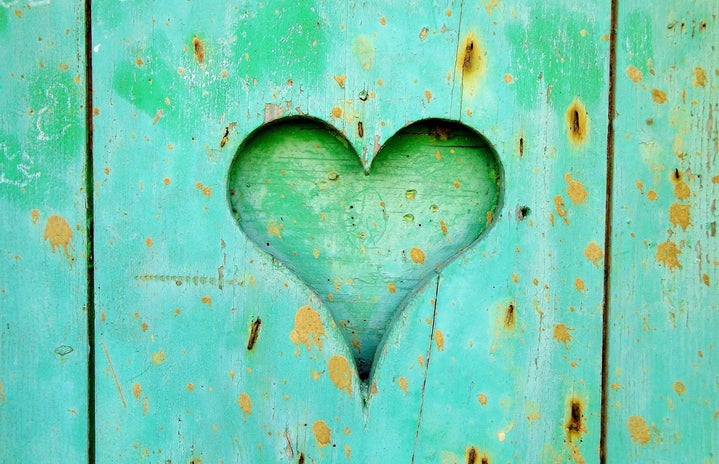Despite the disproportionate statistics that plague First Nations, in terms of the number of individuals who are raped, kidnapped and homeless, their plight is largely ignored by the mainstream media. What has not been ignored in the past week, however, are their suicide rates. It is no secret that First Nations report higher levels of psychological distress, thoughts of suicide, and have higher suicide rates. Nearly half of First Nation adults have contemplated suicide in comparison to the mere 9.1% of the general Canadian population. This contemplation is reflected in the differing suicide rates: for aboriginals the likelihood of a man committing suicide is 126 per 10,000 people, while for women this number stands at 35 per 10,000. For the general Canadian population, these numbers are disproportionately lower at 24 per 100,000 for men and 5 per 10,000 for women. Adolescents are no exceptions; First Nation adolescents commit suicide five to six times more than non-aboriginal Canadian youth.
The dire straits faced by Canada’s aboriginal population is finally being addressed this past week after 11 suicide attempts occurred in Attawapiskat First Nation, Ontario. The most recent influx of youth suicide attempts began in last October with a 13-year-old girl. In the last seven months, 100 of the communities 1,500 members has committed suicide. A state of emergency has now been issued, meaning a crisis team is being sent to the community, in order to prevent more deaths. According to Charlie Angus, MP for Attawapiskat and NDP indigenous affairs critic, First Nation communities are not equipped with the resources to deal with the grief and stress that may lead to suicide. Apparently, Canada does not have the “mental health service dollars” (Globe and Mail) and resources to help northern communities, yet, when a similar situation arises in suburban schools, an emergency team is sent to help the individual.
First Nation suicide rates act as a reminder that they face hardships that do not affect the general Canadian population: high unemployment rates, lack of access to education, sub-par infrastructure and a history of colonialism that still resonates within their citizenry and is perpetuated during incidents such as those seen this week. As UN official James Anaya puts it, the conditions of First Nation communities are reminiscent of third-world living conditions.
Attawapiskat residents have criticized outside observers for only paying attention to them when there is a crisis taking place, but are they wrong? Why does an increase in suicide rates need to take place before anyone takes heed? Does this notice lead to effective and collective action that can finally alleviate the First Nation destitution? History has told us time and time again, no.
If you feel depressed or are contemplating suicide, please call 1-(866)-277-3553
Sources obtained from:
http://www.theglobeandmail.com/news/national/attawapiskat-four-things-to…
http://www.ctvnews.ca/health/suicide-among-canada-s-first-nations-key-nu…
http://westcoastnativenews.com/wp-content/uploads/2015/02/When-will-Firs…

